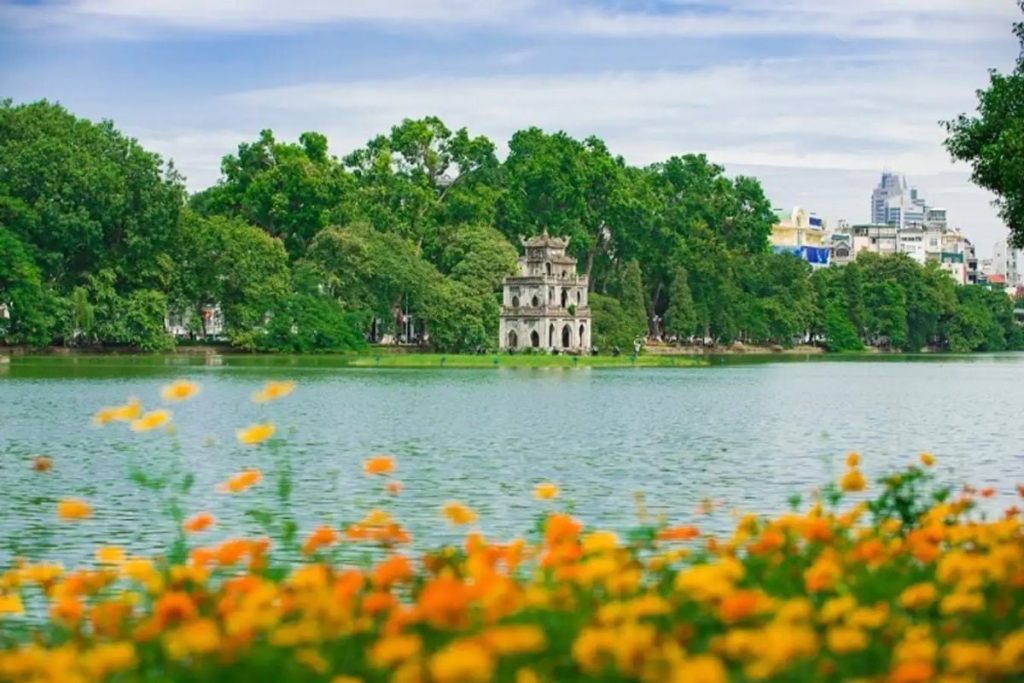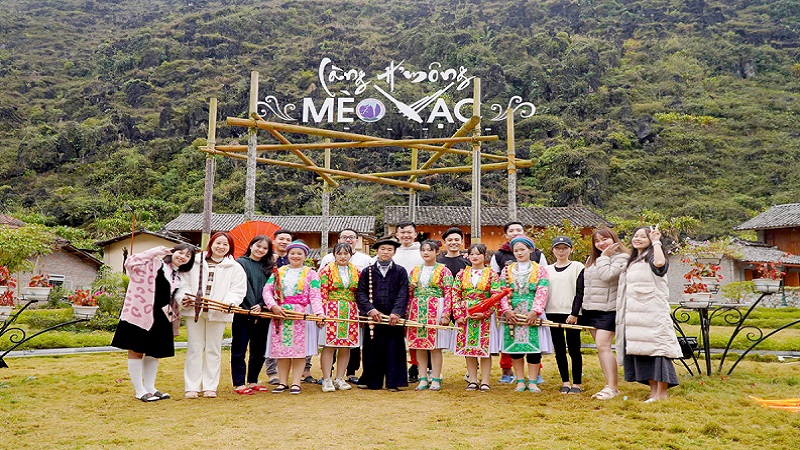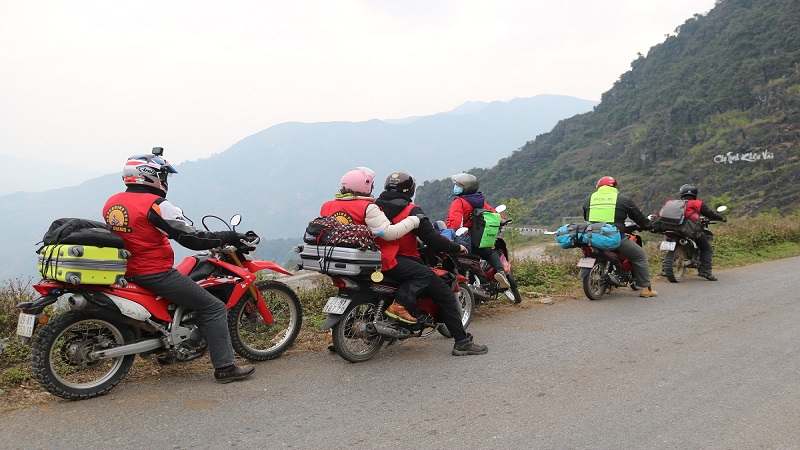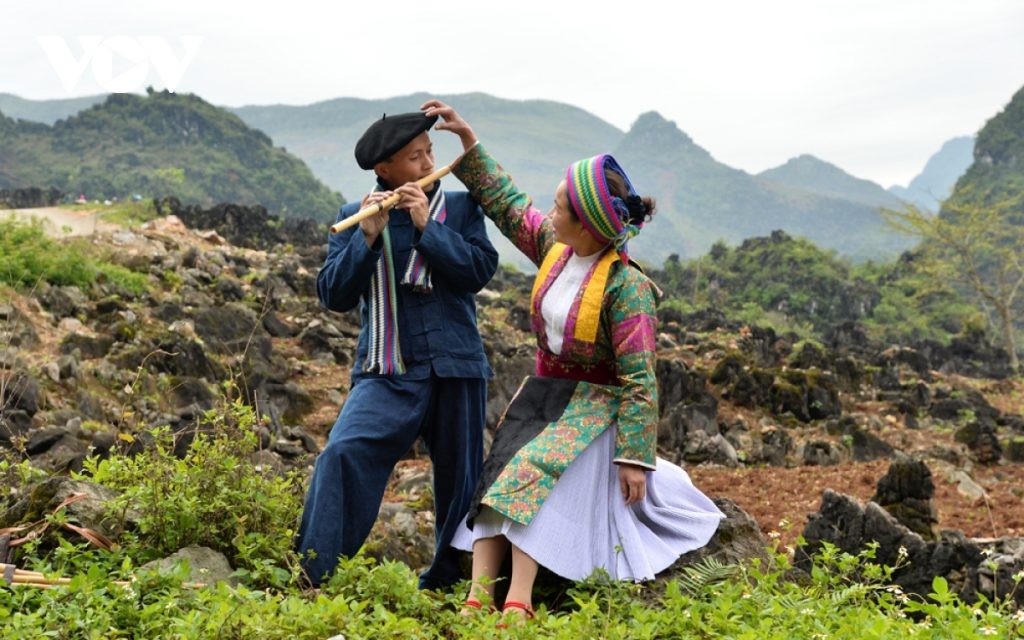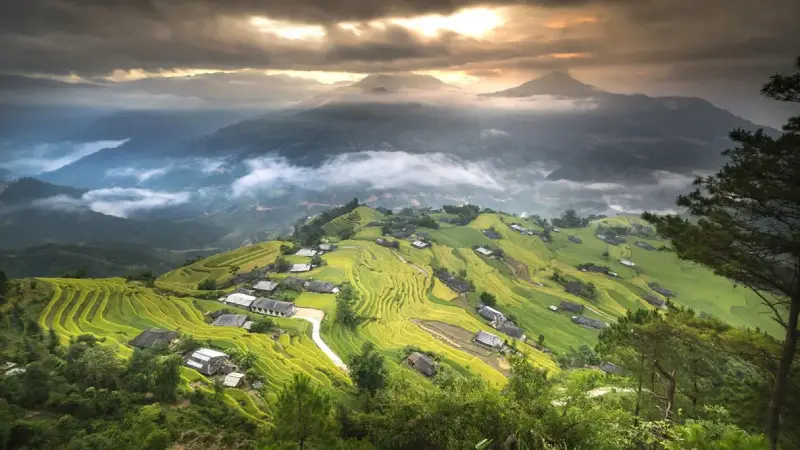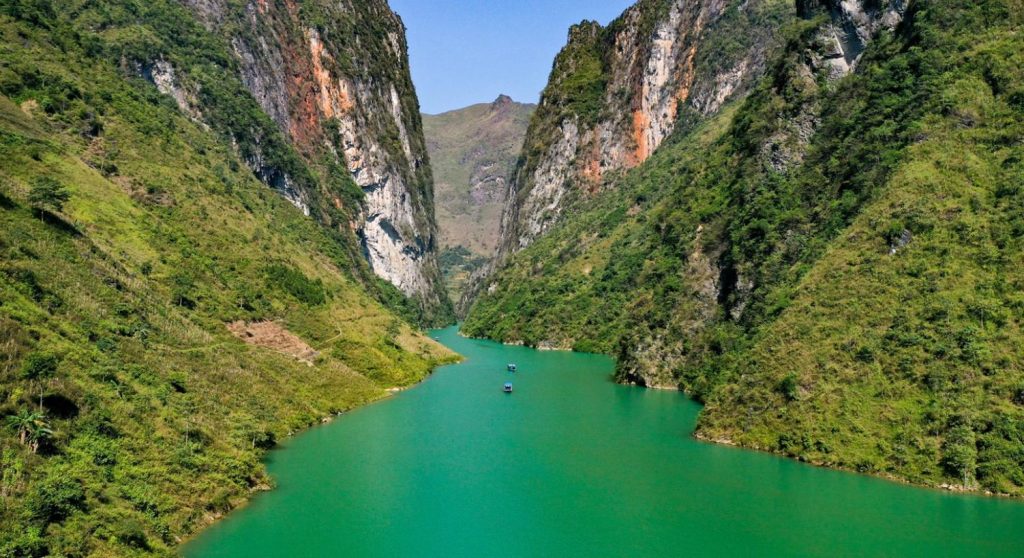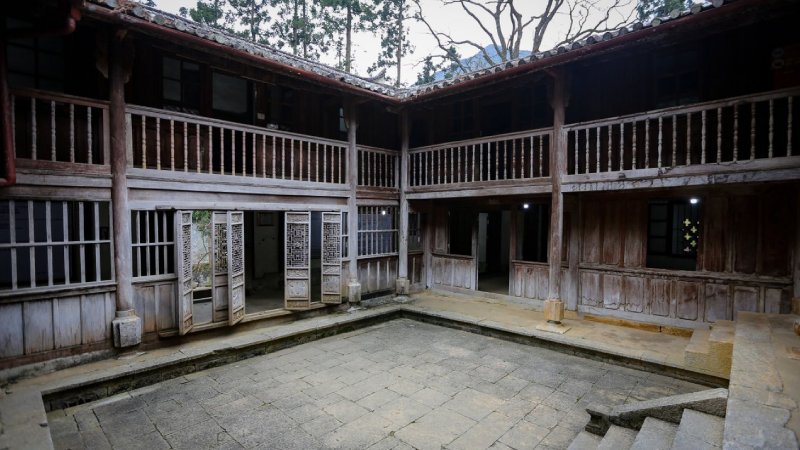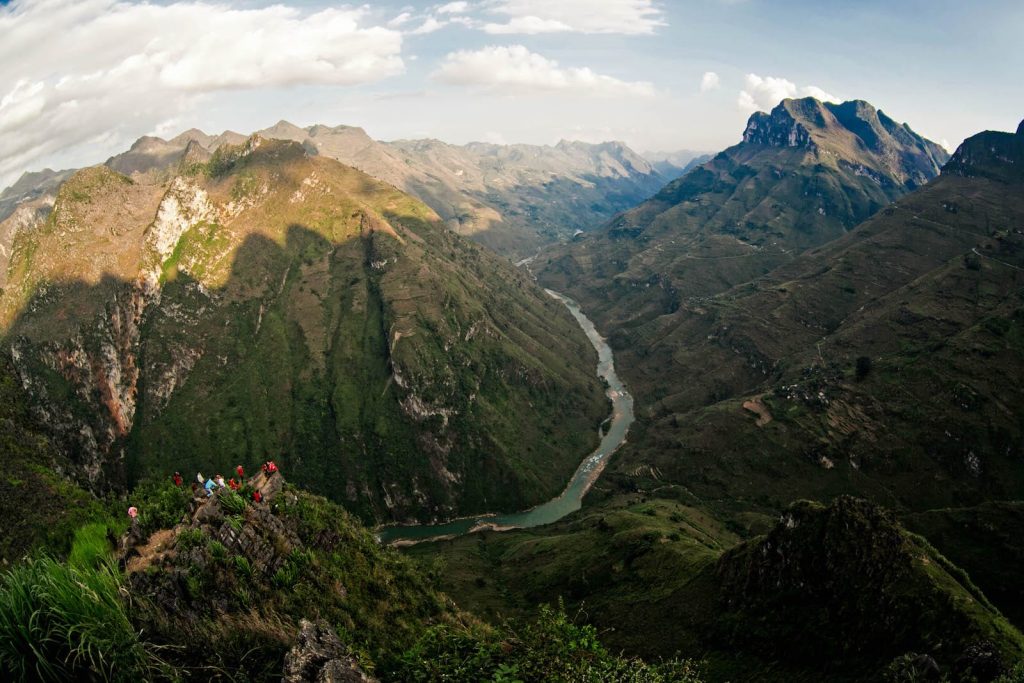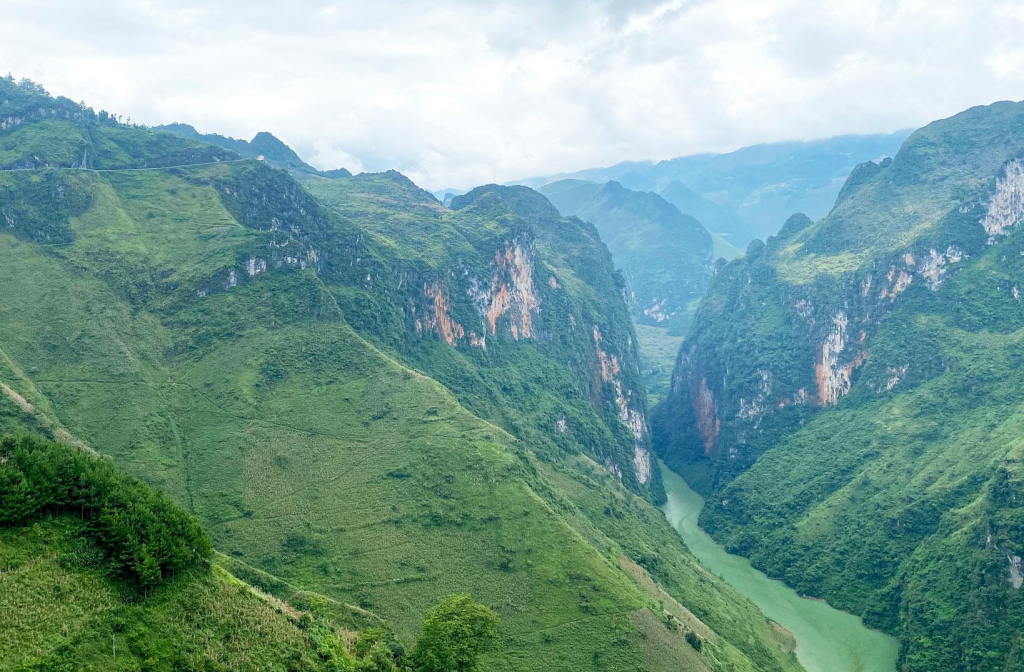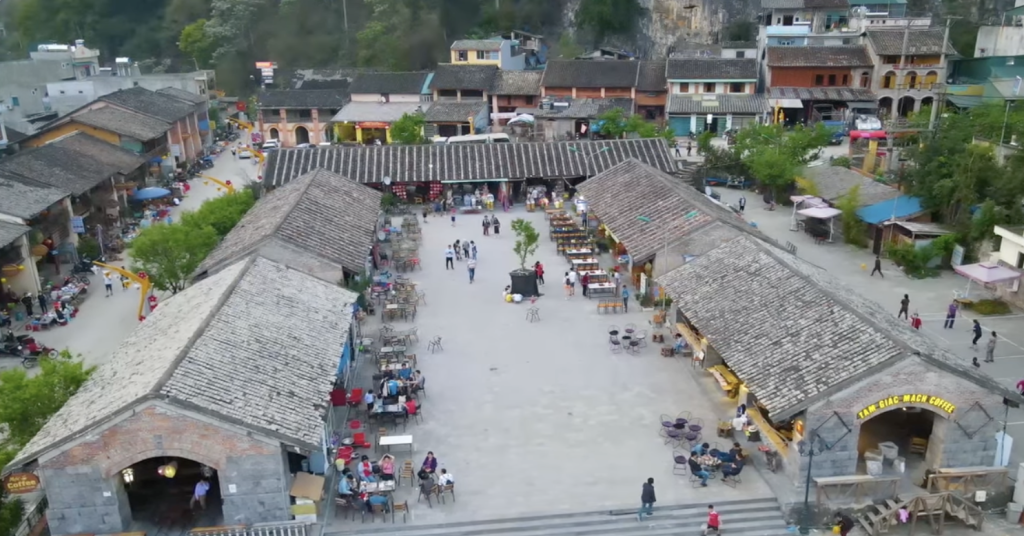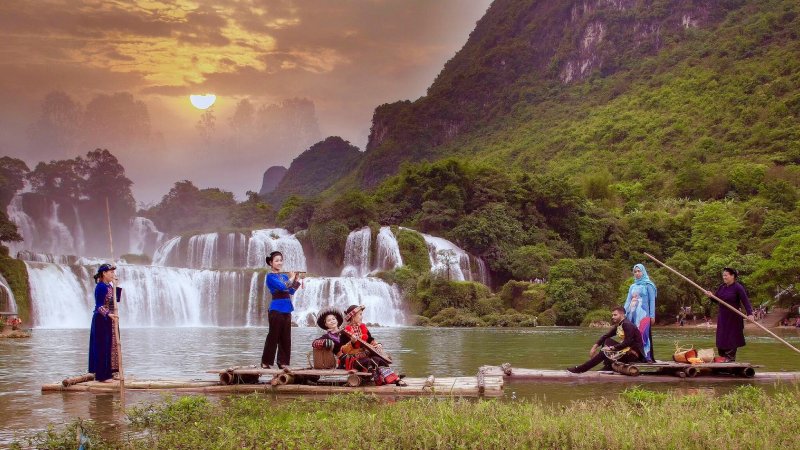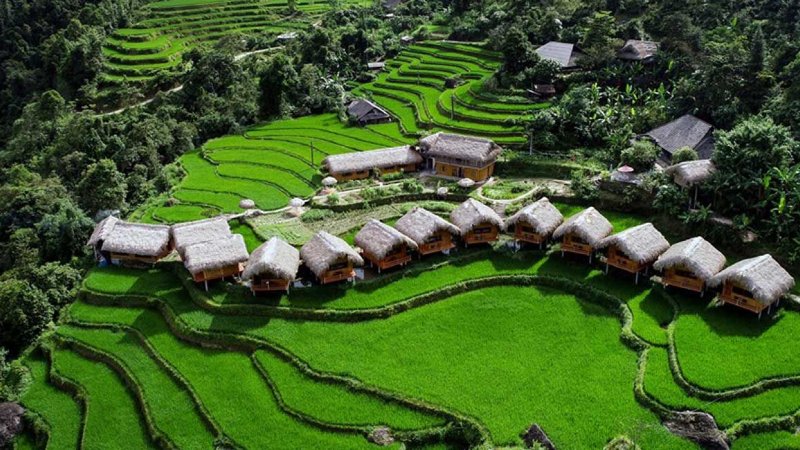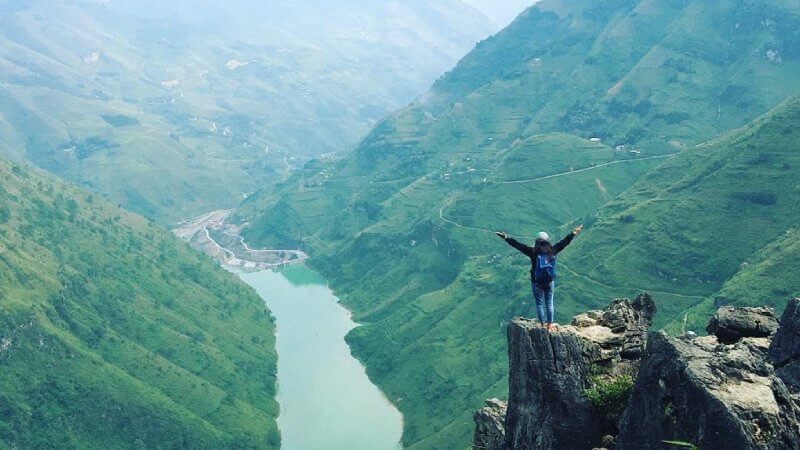Typhoon No. 3, also known as Typhoon Yagi, recently made landfall in Vietnam, bringing significant impacts to various regions, including the bustling capital city of Hanoi. As an international traveler, you might be curious about how the city is managing and recovering from this natural disaster. In this article, we will explore the effects of Typhoon Yagi on Hanoi, the measures taken to address the aftermath, and how you can still enjoy your visit to this vibrant city.
Impact of Typhoon Yagi on Hanoi
- Heavy Rainfall and Flooding:
Typhoon Yagi brought substantial rainfall to Hanoi, with some areas recording over 300 mm of rain in a short period. This heavy rainfall led to widespread flooding in low-lying areas and along major rivers such as the Red River. Flooding disrupted daily life, affecting transportation and causing temporary damage to infrastructure.
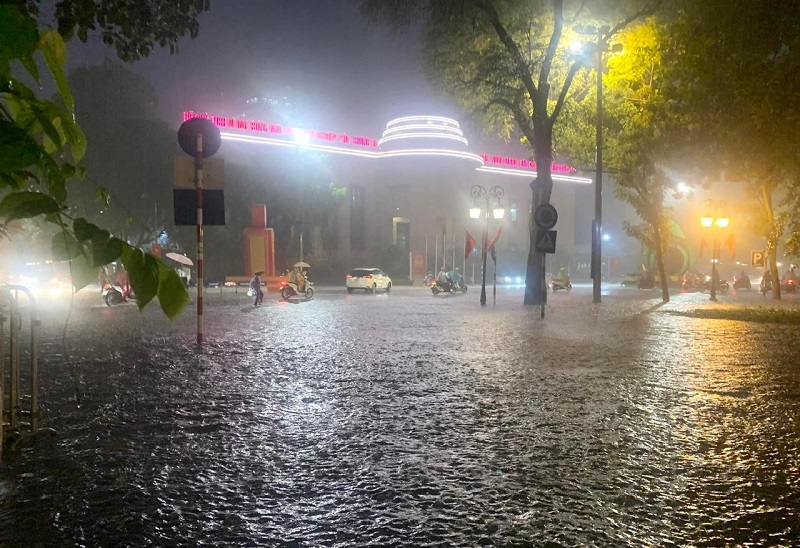
- Strong Winds:
The typhoon’s powerful winds, reaching speeds of up to 120 km/h, caused damage to trees, signage, and building facades. Many areas experienced power outages and interruptions in essential services due to the strong winds.

- Landslides:
In the hilly outskirts of Hanoi, the intense rainfall increased the risk of landslides. This posed a threat to both infrastructure and local communities, requiring immediate attention and intervention from authorities.
Recovery Efforts and Measures
- Emergency Response and Relief:
The local government and emergency services have been working tirelessly to address the immediate needs of affected residents. Relief efforts include distributing food, water, and essential supplies to flood-affected areas. Temporary shelters have been set up for those displaced by the disaster.
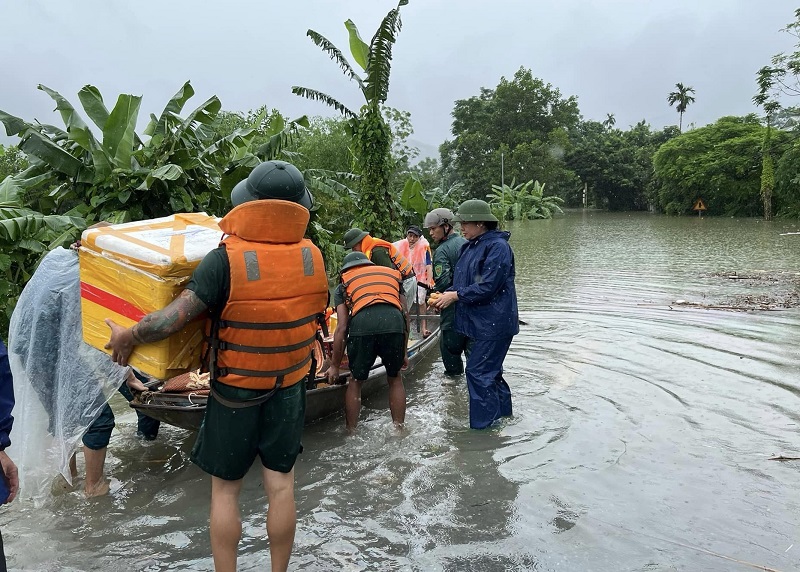
- Infrastructure Repair and Maintenance:
Repair teams are actively working to restore damaged infrastructure. This includes clearing debris from roads, repairing power lines, and ensuring that public transportation services are back to normal. Special attention is being given to the restoration of flood-damaged areas to ensure safety and functionality.
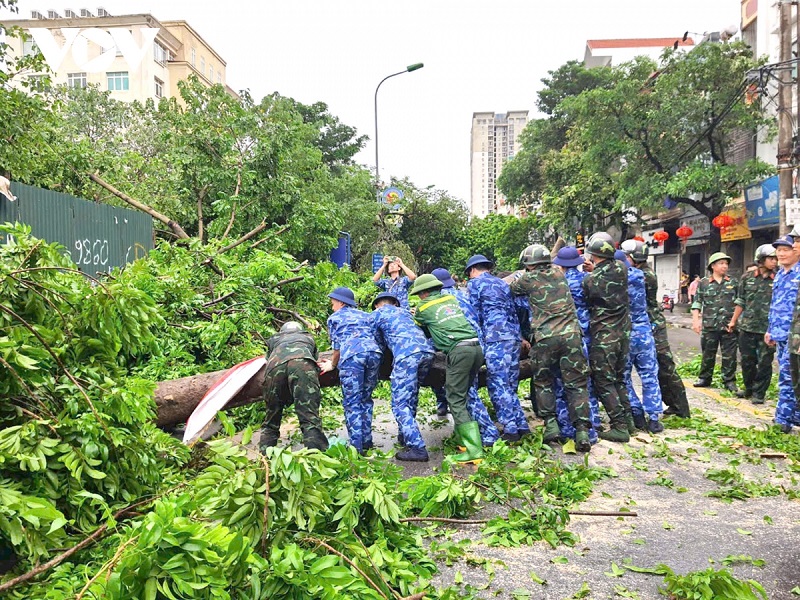
- Flood Management Improvements:
In response to the flooding, city officials are reviewing and enhancing flood management systems. This includes upgrading drainage systems to better handle heavy rainfall and implementing measures to mitigate future flooding risks.
- Landslide Prevention Measures:
To address the risk of landslides, authorities are conducting assessments of vulnerable areas and reinforcing slopes to prevent further incidents. They are also providing support to communities in affected areas to ensure their safety.
- Tourist Support and Information:
The Hanoi tourism board is actively providing updates and information to tourists. They have established hotlines and information centers to assist visitors with any concerns related to the typhoon’s impact. Additionally, they are working to ensure that tourist attractions and accommodations are safe and operational.
What International Travelers Should Know
- Travel Safety:
If you are planning to visit Hanoi in the aftermath of Typhoon Yagi, it is important to stay informed about the current conditions. Follow updates from local news sources and travel advisories. Make sure to check with your accommodation and travel providers regarding any potential disruptions or changes to your itinerary.
- Exploring Hanoi:
Despite the challenges posed by the typhoon, Hanoi remains a vibrant and culturally rich destination. Many of the city’s popular attractions, such as the Old Quarter, Hoan Kiem Lake, and the Temple of Literature, are open and accessible. However, it’s advisable to check for any temporary closures or restrictions.
- Respecting Local Conditions:
Be mindful of any ongoing recovery efforts and avoid areas that are still undergoing repairs. Respect local guidelines and advisories to ensure your safety and that of others. Your understanding and cooperation are appreciated during this time of recovery.
- Supporting Local Communities:
Consider supporting local businesses and communities as they recover from the disaster. Many small businesses have been affected, and your patronage can make a positive impact. Additionally, you may find opportunities to contribute to relief efforts through reputable organizations or community initiatives.
- Emergency Contacts:
Keep a list of emergency contacts, including local authorities, your embassy, and your accommodation. In case of any issues or concerns, having this information readily available can be crucial.
Conclusion
Hanoi is actively working to recover and rebuild in the wake of Typhoon No. 3 Yagi. The city is making significant strides in addressing the aftermath and ensuring that both residents and visitors can continue to enjoy all that Hanoi has to offer. By staying informed, respecting local conditions, and supporting the recovery efforts, you can contribute to the city’s resilience and experience its unique charm even in challenging times.
As you plan your visit, remember that Hanoi’s rich cultural heritage, vibrant atmosphere, and welcoming spirit remain strong. The city is ready to welcome you and provide a memorable experience amidst its ongoing recovery.
If you need any further information, please feel free to contact us zgotravelvietnam@gmail.com or WhatsApp: +84 9766 09451
By the way, a new beautiful place called Ha Giang loop which is very interesting, check this out: https://www.getyourguide.com/hanoi-l205/from-hanoi-3-day-ha-giang-loop-small-group-t739208
For Lan Ha Bay & Halong Bay trip, check this out: https://www.getyourguide.com/ha-long-l119790/from-ha-noi-2-day-lan-ha-ha-long-bay-5star-with-balcony-t739040/
Or https://www.tripadvisor.com/AttractionProductReview-g3737857-d28097153-Lan_Ha_Bay_Ha_Long_Bay_5_Stars_Private_balcony_2_days_trip-Tuan_Chau_Island_Halon.html

